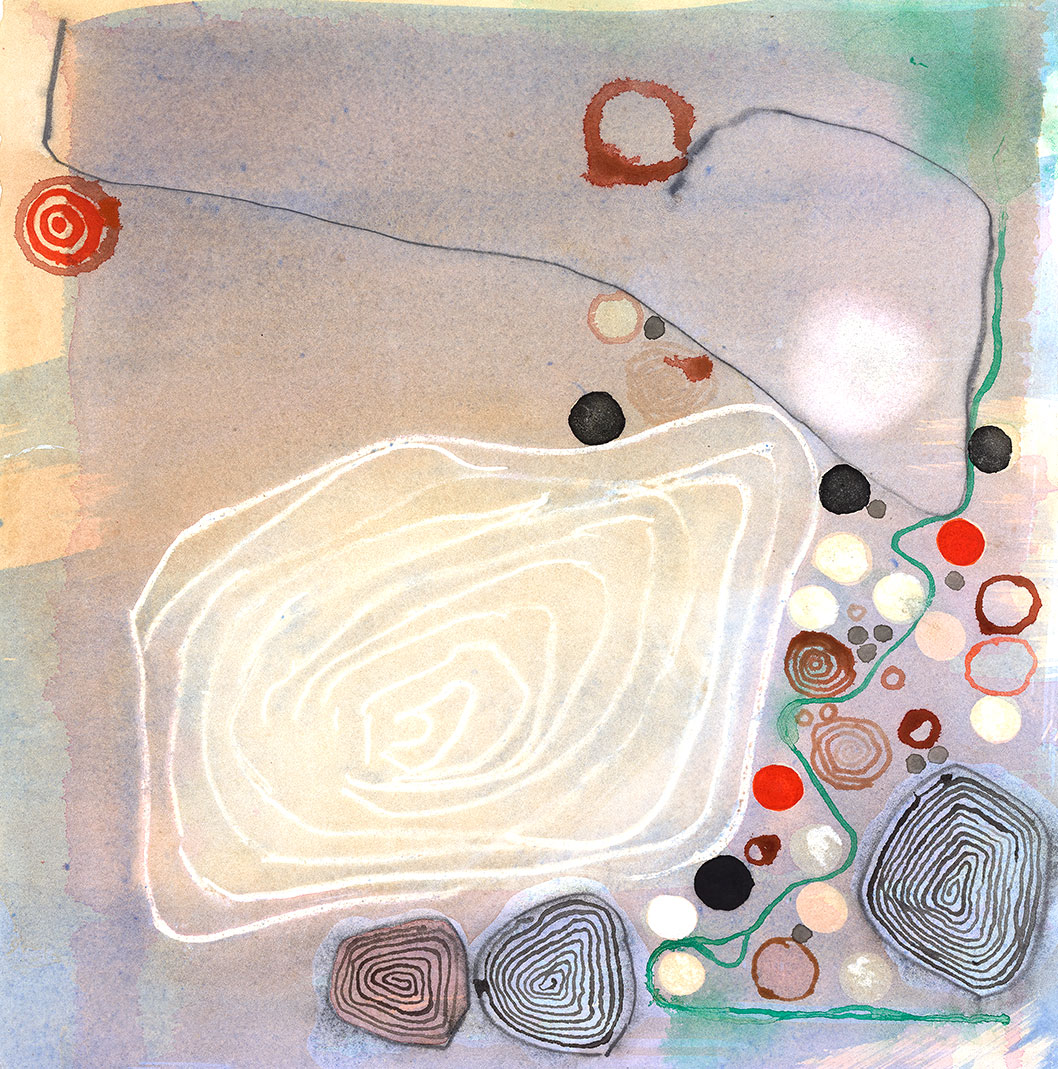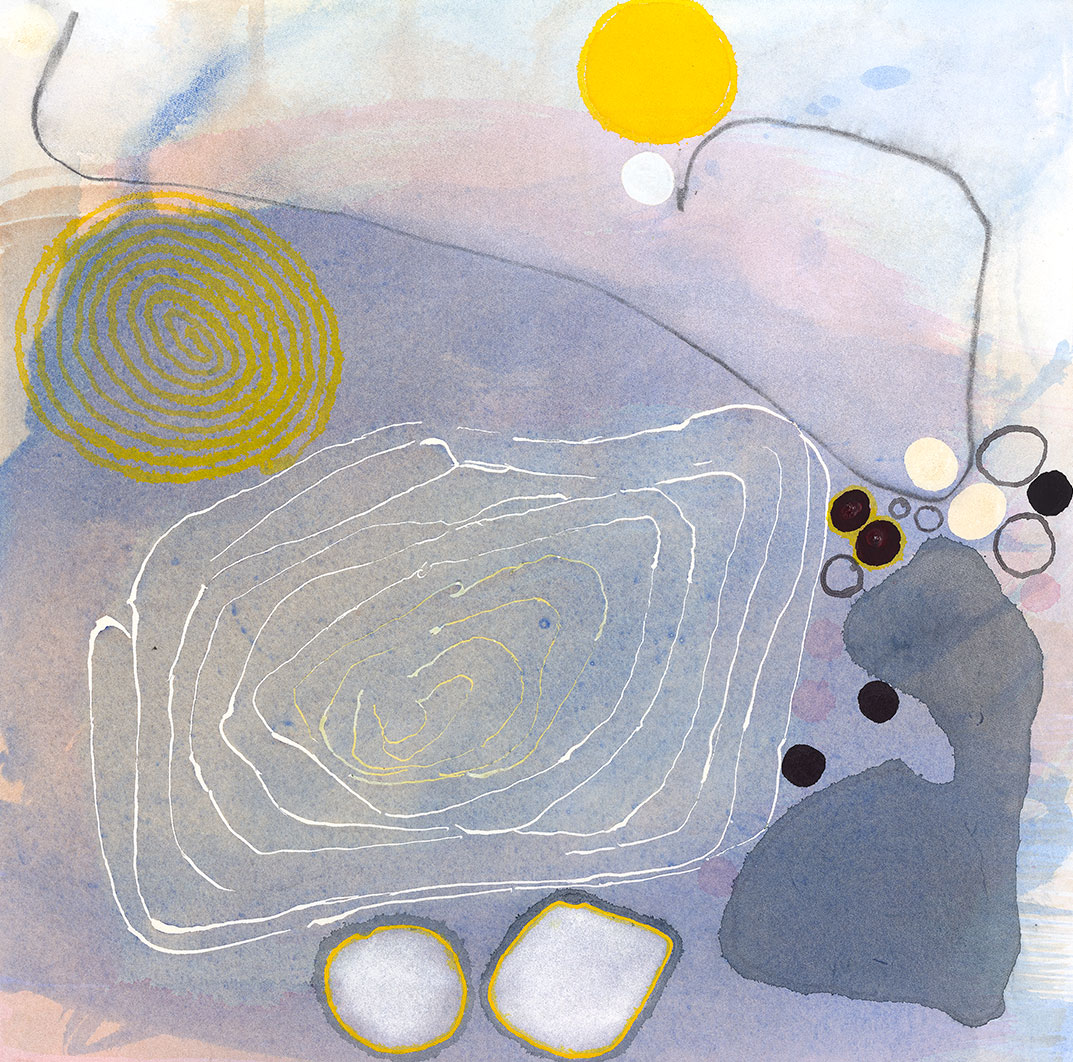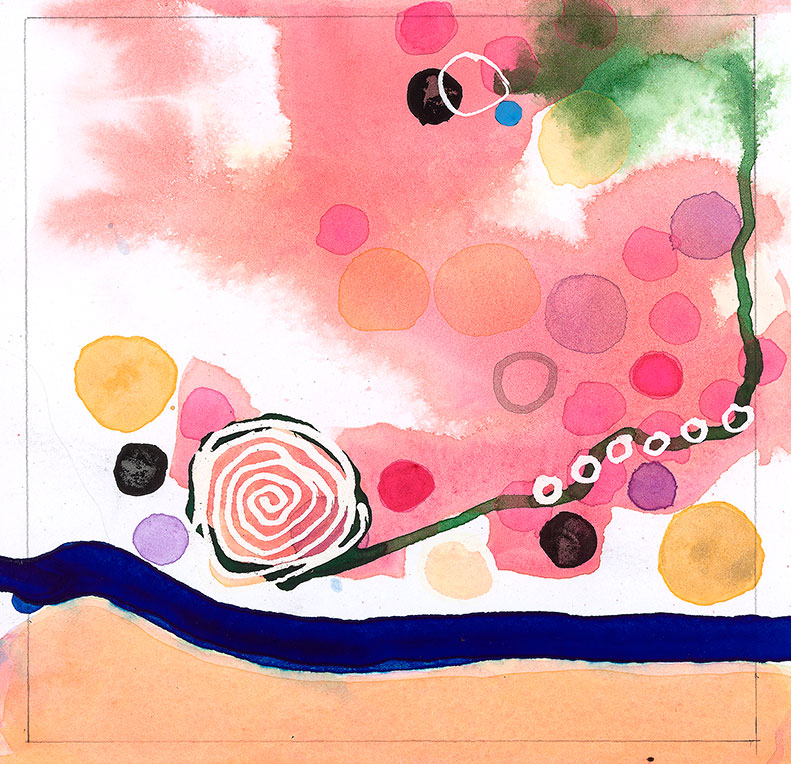
Life within Soil 8, 2018

Microbes, Moisture and Soil 2, 2018

Microbes, Moisture and Soil, 2018

Soil, Life and Moisture 4, 2018

Soil, Microbes and Life 1, 2018

Soil, Microbes and Life 2, 2018

Soil, Microbes and Life 3, 2018

Soil, Microbes and Life 9, 2018

Soil, Microbes and Life 5, 2018

Soil, Microbes and Life 6, 2018
Soil and Microbes
In the long term, civilisations fail if they do not respect, understand and look after their soil, the basis of their food production. In the past, hunter gatherers required approximately 20 hectares to live off per person each year; we now require approximately 0.25 hectare per person and in 50 years time this is predicted to fall to 0.1 hectare. However, before the 1950’s, increased food production to feed a growing world population was met by introducing new land to agriculture. After the Second World War we began to rely on ploughing, the application of fertilisers and pesticides to boost the food supply, these being provided by the ever powerful agro-chemical industries. They kept a vice grip on information and research; the universities and professors running courses on soil science and agriculture were funded by these companies.
We are only now beginning to appreciate the consequences of this reliance on chemicals: knocking out much of the insect population and ‘weeds’ for example has led to the rapid decline in song birds over the last 30 years in Britain. Likewise the devastating dust bowls in America in the 1930s were created when native grasslands that previously fed buffalo were ploughed for the first time, meaning that there was no natural protection for the exposed soil from the wind.
Less appreciated is our own dependence on microbes both in our guts and the soil for our own health; there is a theory that the spate of illnesses currently afflicting us and overpowering the NHS is in part due to the poor health of our soil and our ingesting agricultural chemicals, albeit in miniscule quantities. There are two laboratories in Europe specialising in analysing microbiological activity in the soil which have been established to inform farmers and growers.
These sketches, made with one eye on the microscope lens, brought home to me the reality of the unseen world on which we depend.
All of these artworks are available for purchase. Please click each image for more information or enquire.